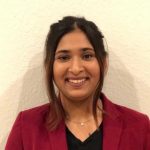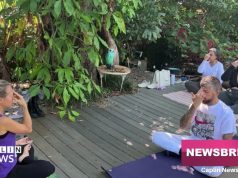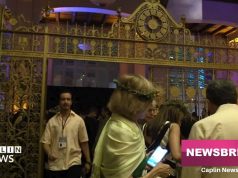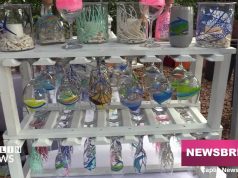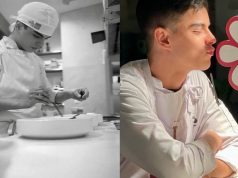A bass player, a music producer and a piano player have two things in common: they are visually impaired and they have a passion for music. “You don’t need vision to play the bass,” says Enoch Brown, who was born blind. For him, it’s about work and remembering the notes. These students learn to follow the music and the sound to learn the keyboard on a piano or the strings of a guitar.
The music program teaches students it is never too late to learn or love music. This program helps them let go and be themselves.
Ramon Almonte is one of these students. His nanny, Martha Ordoñez, describes the importance of the music to Almonte this way: “He learns to be more fluid.”
The Miami Lighthouse for Blind, established in 1940’s, gives the visually impaired the resources and materials to be creative. Their music program is “all-inclusive,” meaning it is open to people of all ages who desire to learn. It opens doors for careers in the music world. Some are even invited to perform at events like the Miami Heat game.
The Lighthouse also teaches visually impaired students life skills and helps their transition from childhood to adulthood. Since the opening of the organization, they have helped about 75,000 visually impaired people of all ages.



























